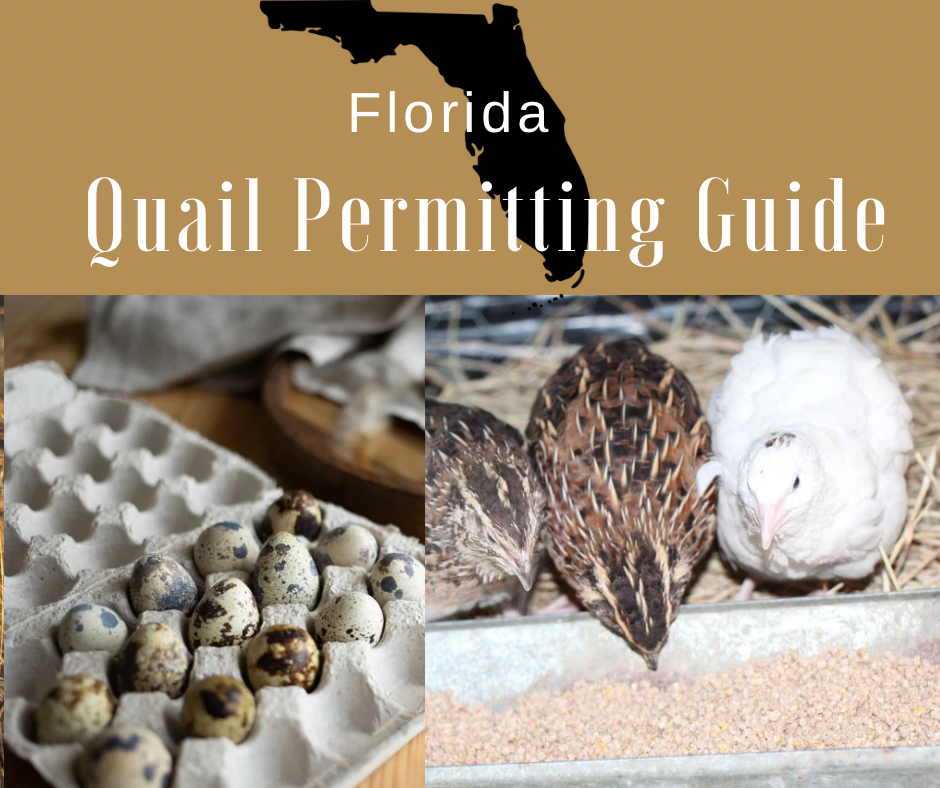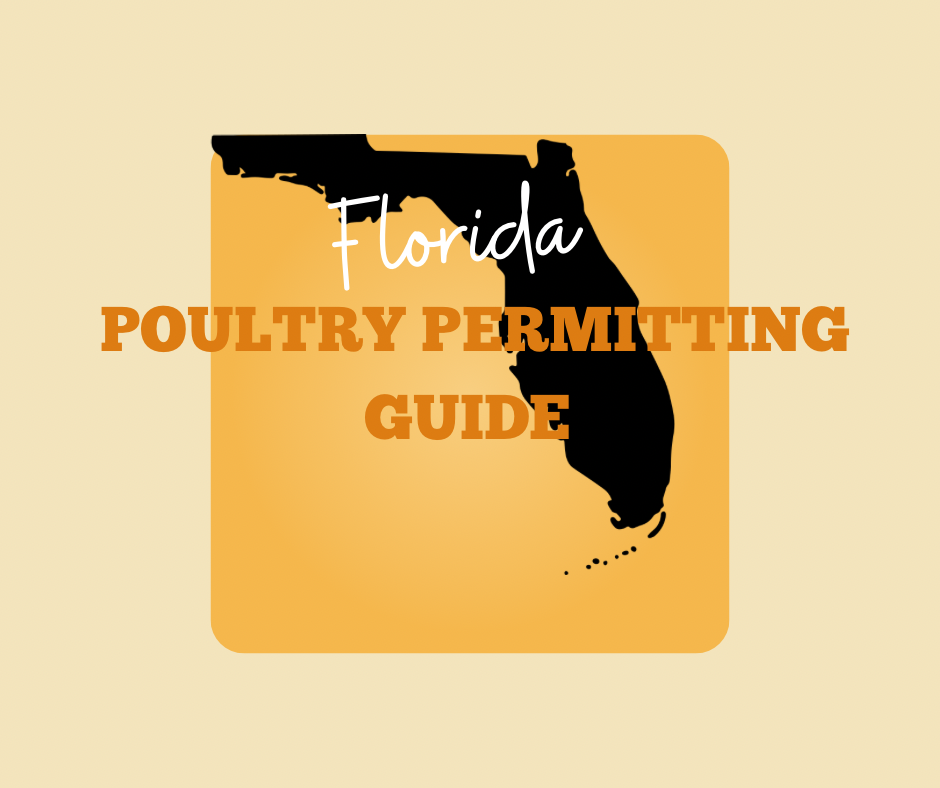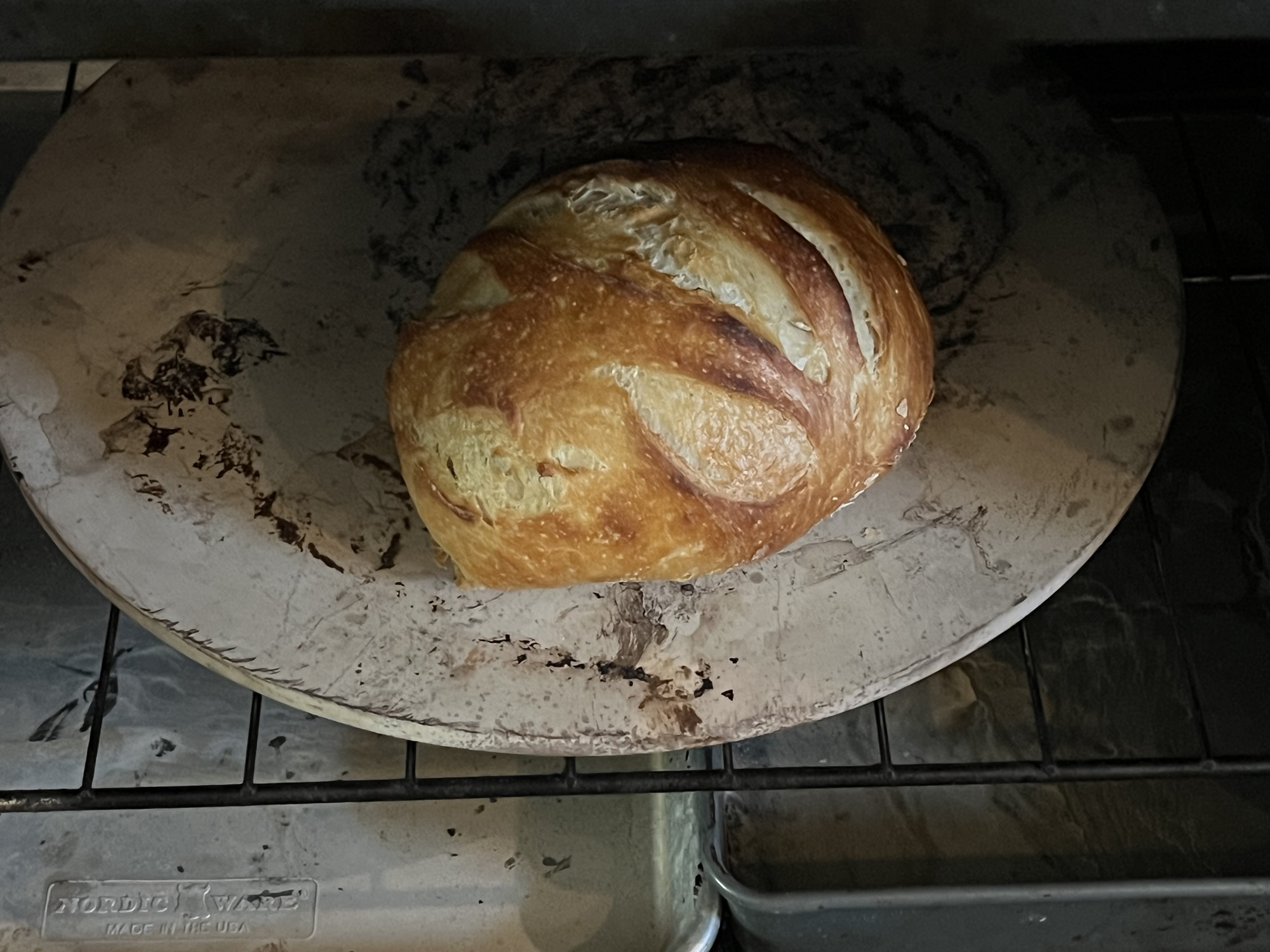The word ‘quail’ is vague. There are many vocabulary meanings behind it and when in context, there can be confusion what you are referencing to. If we are talking about a bird, we need to know what species of bird. There is not just one quail in the world after all.

There is still misinformation on the world wide web and older textbooks on the definition of quail, specifics on breeds and species, and confusion among two families of quail. Quail are game birds. The true definition of a game bird is a bird that is typical hunted for food. These birds are not domesticated, and considered wild. Quail have these tendencies and although many species have been domesticated, the wild instinct will be there, as that is a form of their survival and characteristic.
Quail should not be mistaken with chicken. Chicken are domesticated birds. They are also in the order of galliformes, however they are completely different. The Chicken originated from the Red Jungle Fowl, and many breeds have been created since. Chickens have breeds, such as the Silkie and Marans. Each breed has varieties within them. These varieties are color mutations. For Example, Silkies not only are white, but they can be blue, black, buff, and porcelain, in variety, as well as mixtures in between. Chicken are from one family, the Phasianidiae.
Breed vs Species
Quail terminology is very different than chicken. They are more wild than domesticated, although many of the Old World Quail are domesticated and will be discussed. Quail do not have breeds. Instead they are referred to as Species. Within each species, there can be a subspecies. Within the species and subspecies, there are varieties, which are color mutations. For example, the Coturnix quail has eight species,
Within these species, there are color mutations, known as varieties. The Japanese quail have over 30 color varieties. The color varieties and species get complicated, however with a simple understanding that these are very different than chicken, it gets easier from here on out.
Understanding Breed vs. Species: What You Need to Know About Quail
When it comes to quail, or any other type of animal, understanding the difference between a species and a breed is crucial for anyone interested in aviculture, farming, or wildlife management. Though these terms are often used interchangeably in casual conversation, they have distinct meanings in biological and agricultural contexts. Let’s dive into what these terms mean and how they apply to quail.
What is a Species?
In biological terms, a species is the most basic unit of classification in the hierarchy of life. It refers to a group of organisms that can interbreed and produce fertile offspring under natural conditions. Members of the same species share a common genetic heritage and typically look and behave in similar ways.
For example, the Coturnix quail (Coturnix japonica) is a species. This species is commonly known as the Japanese quail and is widely recognized for its rapid growth, prolific egg-laying ability, and adaptability to different environments. Other quail species include the Northern Bobwhite (Colinus virginianus), the California quail (Callipepla californica), and the Chinese Blue Breasted quail (Excalfactoria synoicus).
What is a Breed?
A breed, on the other hand, refers to a specific group within a species that has been selectively bred by humans to enhance particular traits, such as size, color, or behavior. Breeds are a result of human intervention through controlled breeding practices, often over many generations.
For instance, within chickens, they have the scientific name of Gallus Gallus Domesticus and there are several breeds, such as the Black Copper Marans, which has been bred for black copies and copper on neck, with the addition of egg color and the Speckled Sussex, known for its distinctive feather coloring. While all these breeds belong to the same species, Gallus Gallus Domesticus, they exhibit different physical or behavioral traits as a result of selective breeding.
What is a Variety?
A variety refers to a distinct population within a species that exhibits specific characteristics, often due to selective breeding or natural variation. Unlike breeds, which are typically a result of extensive human intervention, varieties can arise naturally or through more subtle, less intentional selective processes.
In the context of quail, varieties are different forms or color morphs within the same species that have been developed or selected for certain traits. These might include differences in size, plumage color, or other physical characteristics, but all varieties within a species can interbreed and produce fertile offspring.
or instance, within the species Coturnix japonica, there are several recognized varieties such as the Jumbo Coturnix, Italian Coturnix, and Tuxedo Coturnix.
Although these are all varieties of the same species, Coturnix japonica, they exhibit distinct physical traits that make them unique.
Why Does the Distinction Matter?
Understanding the difference between species and breeds is important for several reasons:
- Breeding and Conservation: For those involved in quail breeding, knowing the species ensures that breeding programs maintain genetic diversity and avoid crossbreeding with other species, which can dilute the genetic pool. When working with different breeds within the same species, breeders can focus on enhancing desirable traits while preserving the species’ overall genetic health.
- Management and Care: Different species of quail may have distinct habitat, dietary, and social requirements. For example, Bobwhite quail require different environmental conditions compared to Coturnix quail. Within a species, different breeds might have variations in their needs but generally share similar care requirements.
- Agricultural and Commercial Use: Farmers and producers need to understand these differences to optimize their operations. For instance, if the goal is egg production, a farmer might choose the Jumbo Coturnix breed within the Coturnix japonica species for its high yield and larger eggs. However, if the goal is to raise quail for release into the wild, choosing a species like the Northern Bobwhite, which is native to certain regions in North America, would be more appropriate.
- Educational Clarity: For educators and those writing about quail, clarifying the distinction between species and breeds helps prevent misinformation and ensures that readers and students gain a correct understanding of avian biology.
In summary, the term species refers to a distinct group of quail that share common characteristics and can interbreed naturally, while a breed refers to a specific population within that species that has been selectively bred for certain traits. Recognizing this distinction is essential for effective breeding, conservation, and care practices, as well as for anyone seeking to better understand the fascinating world of quail.
By being mindful of these definitions, you can ensure that your quail management practices are informed and effective, whether you’re a hobbyist, a breeder, or a conservationist.









